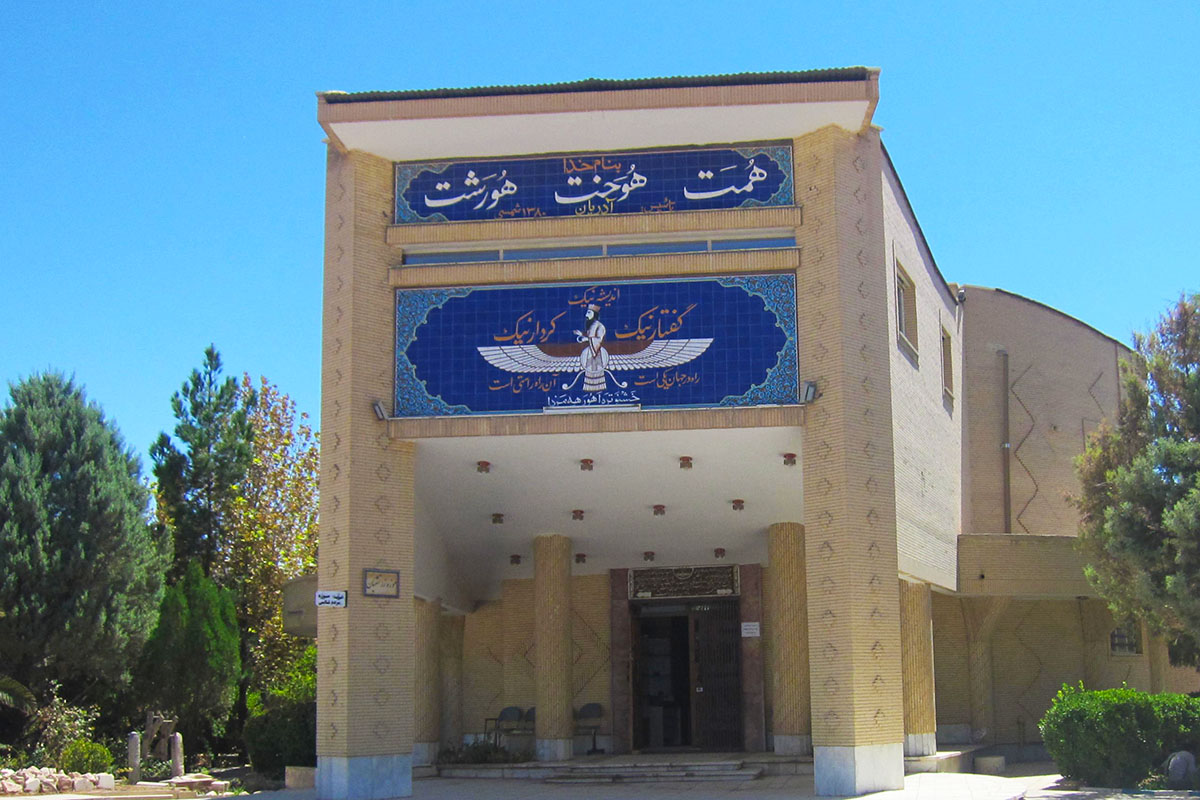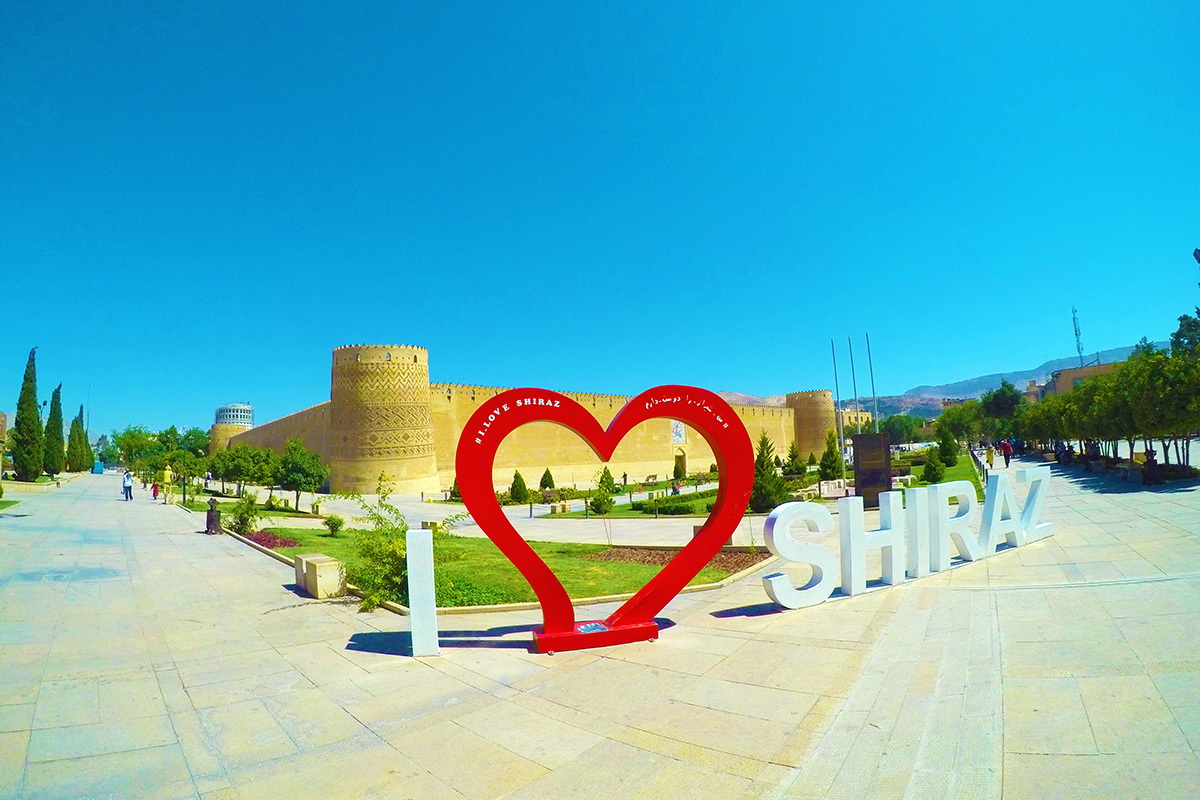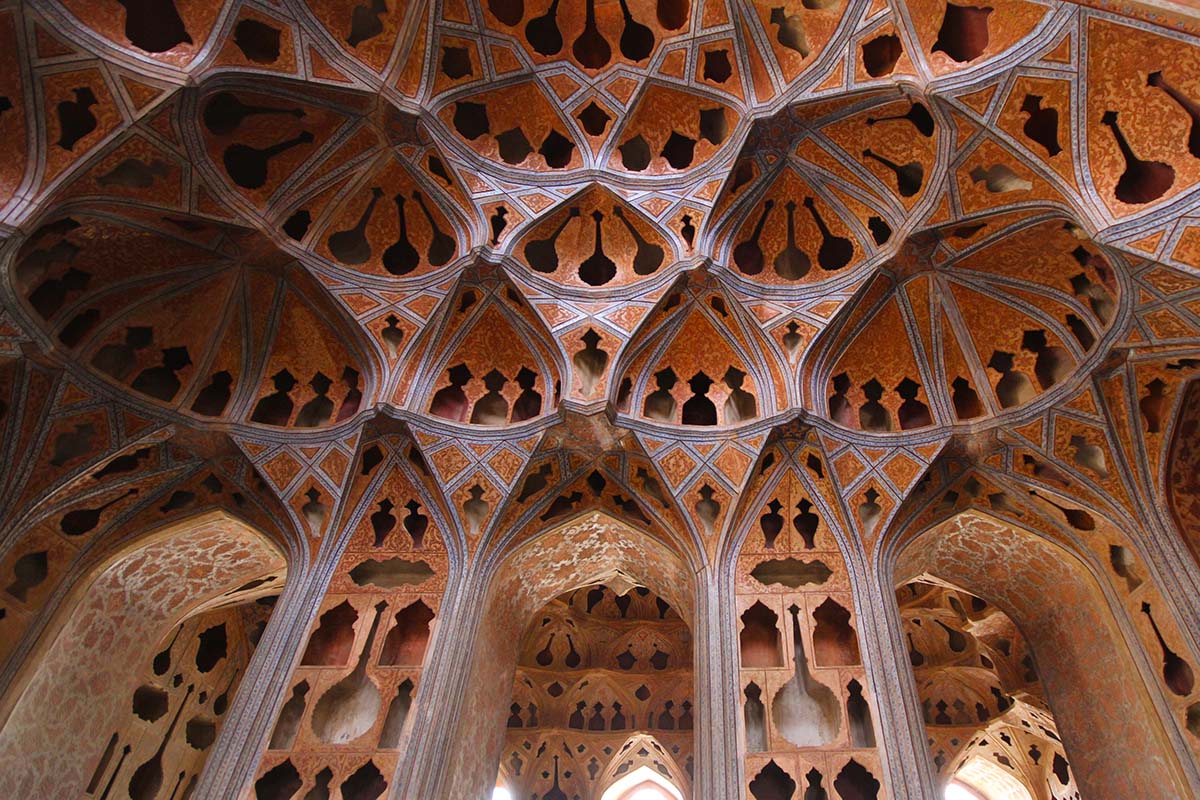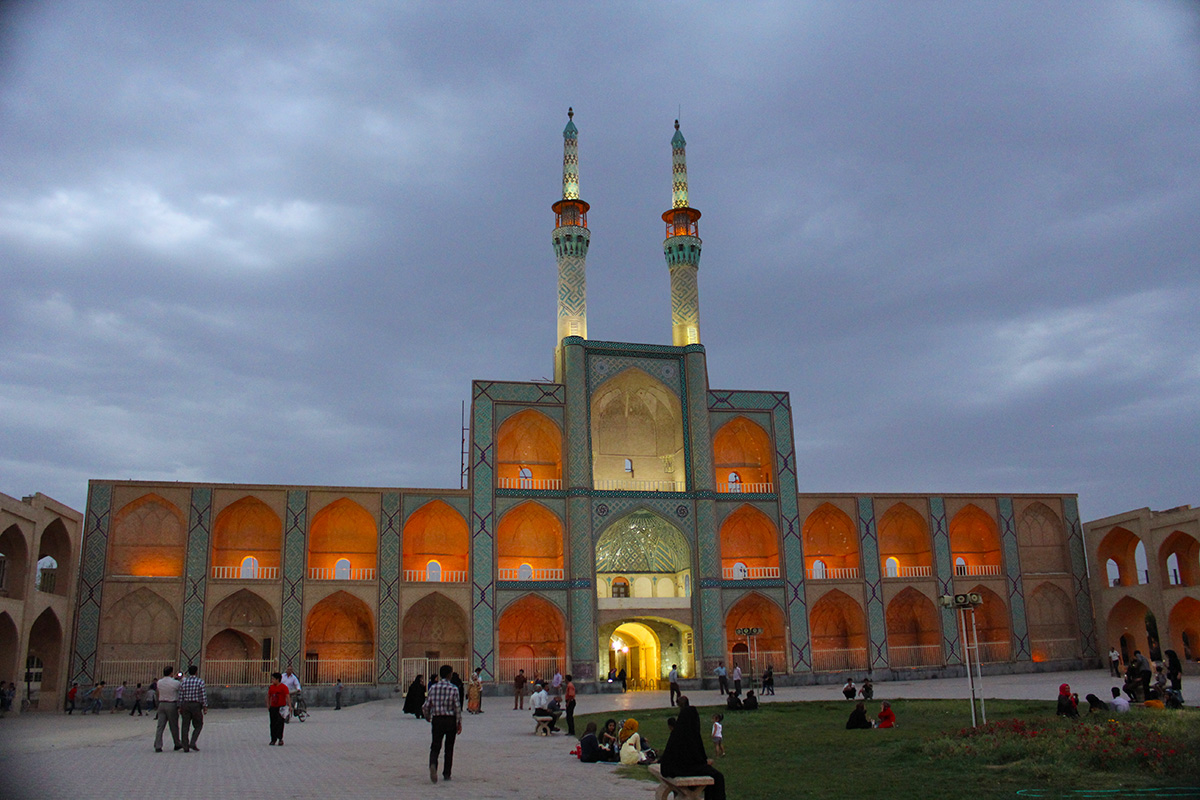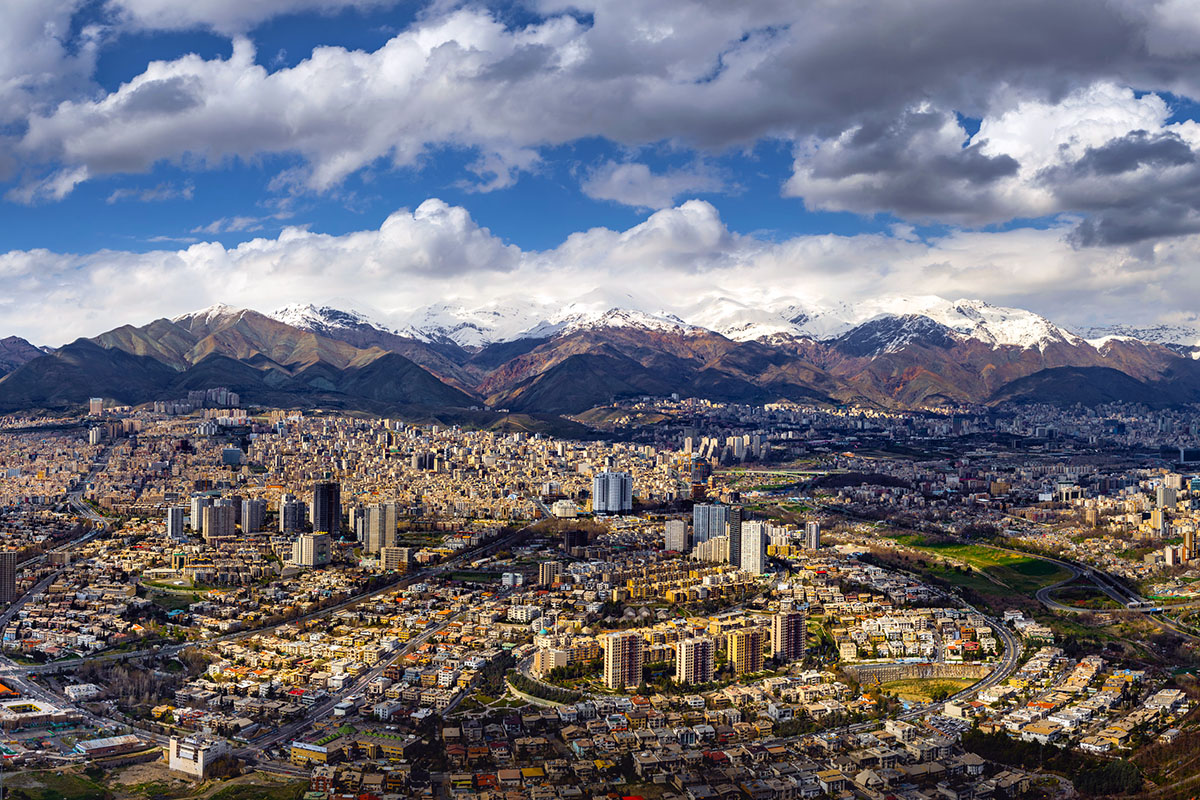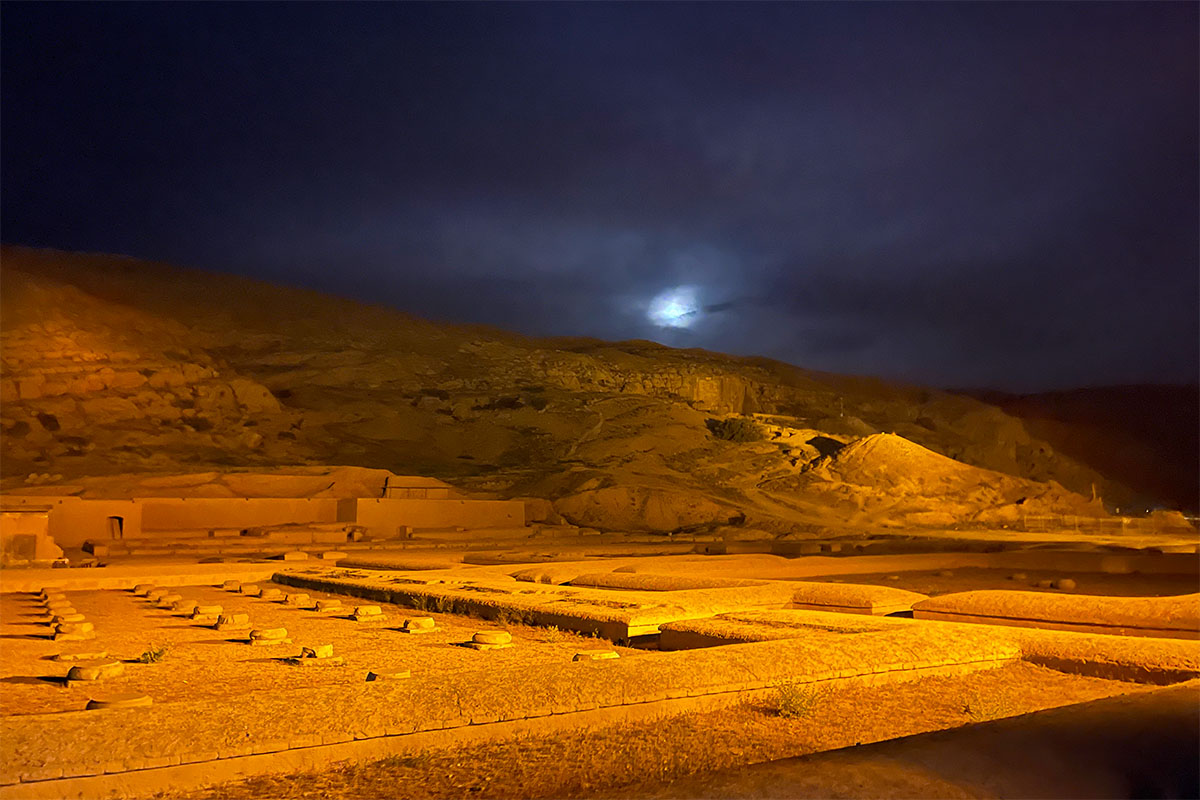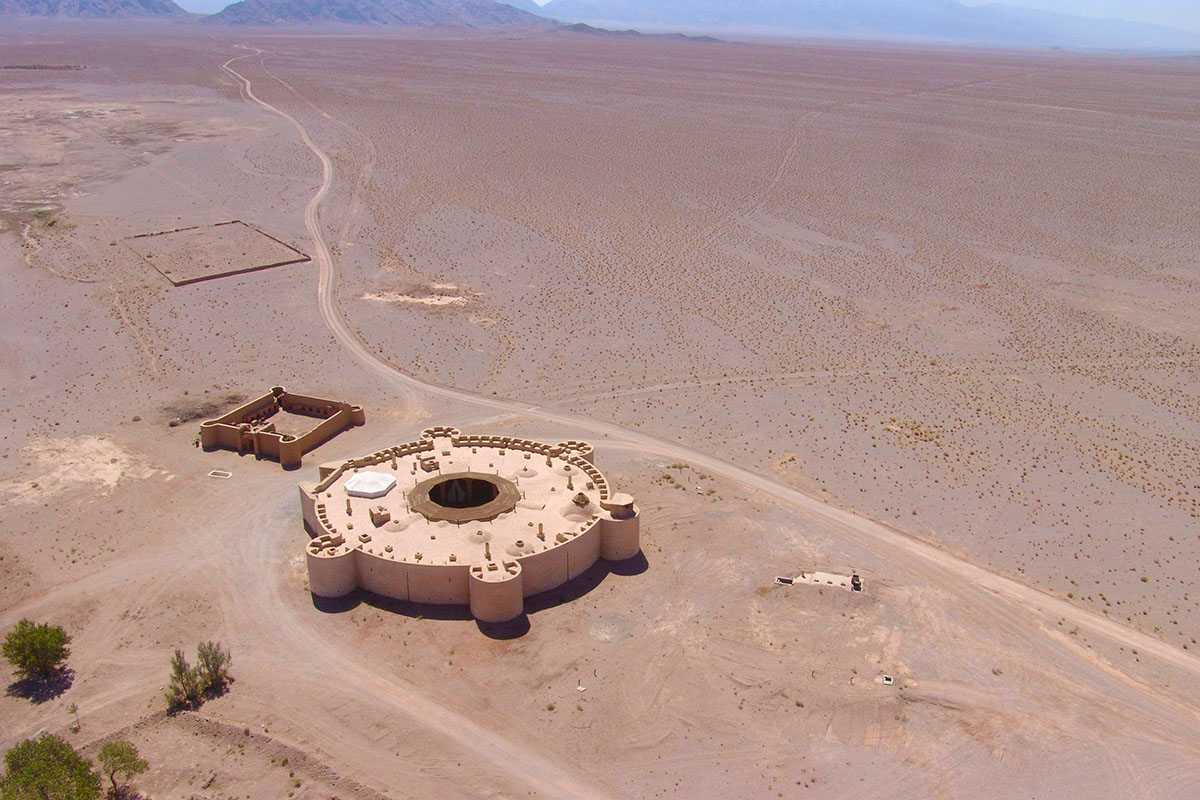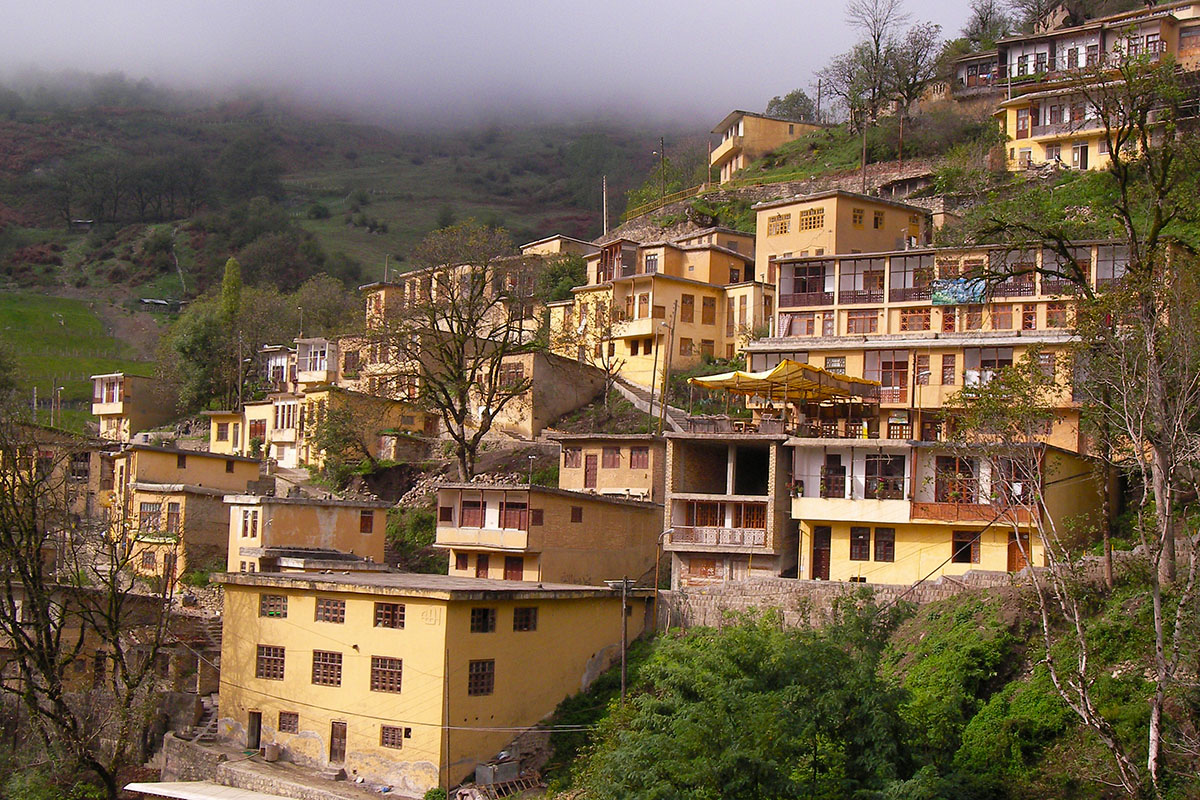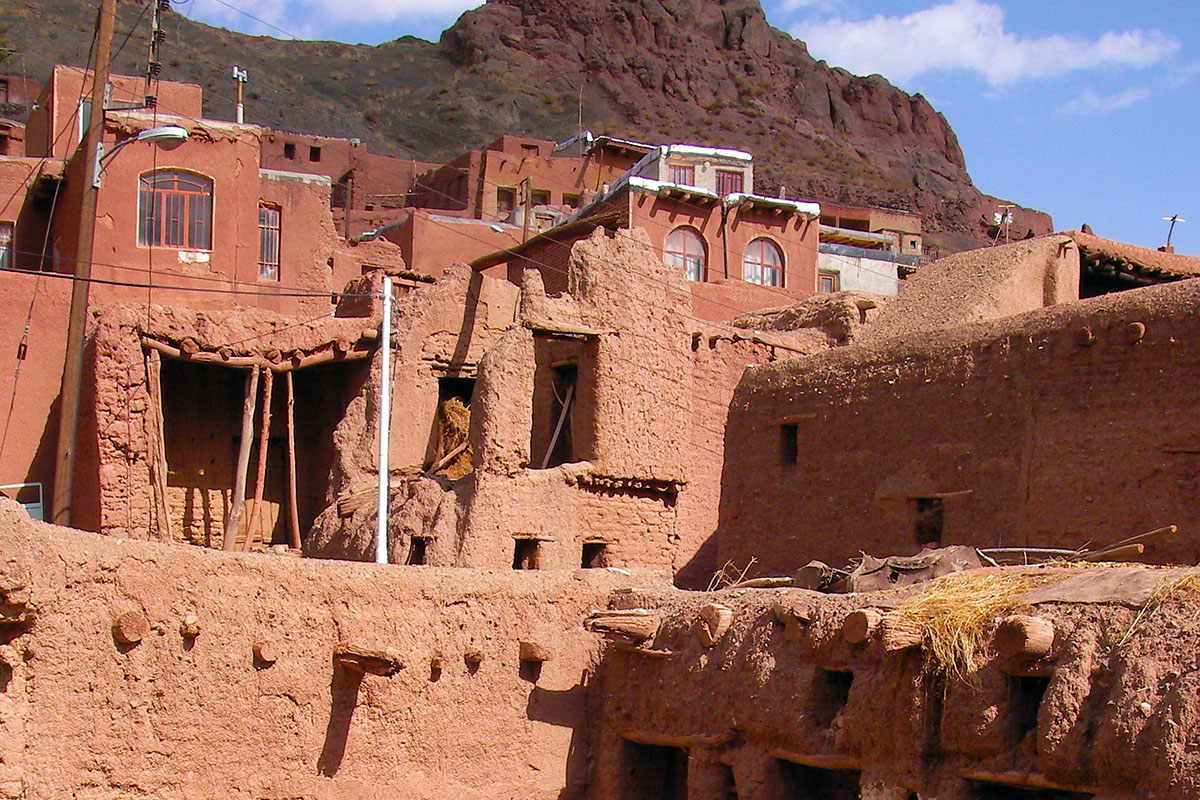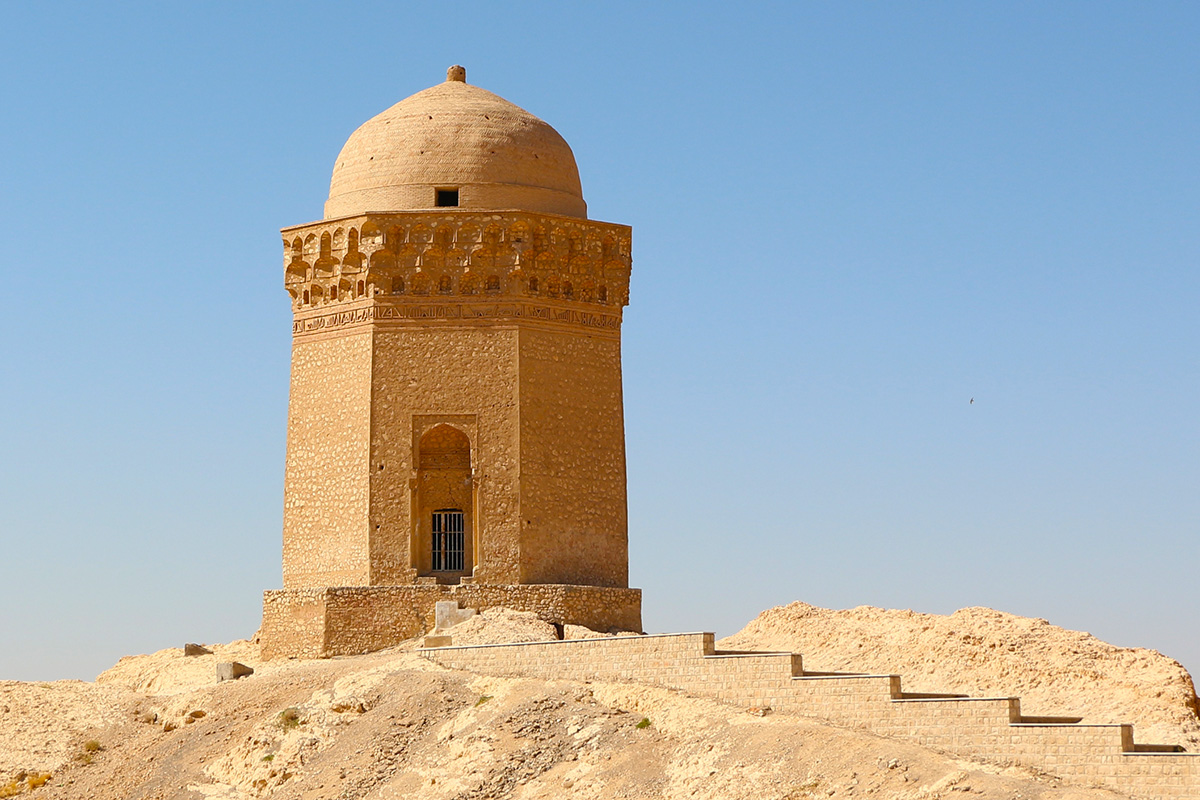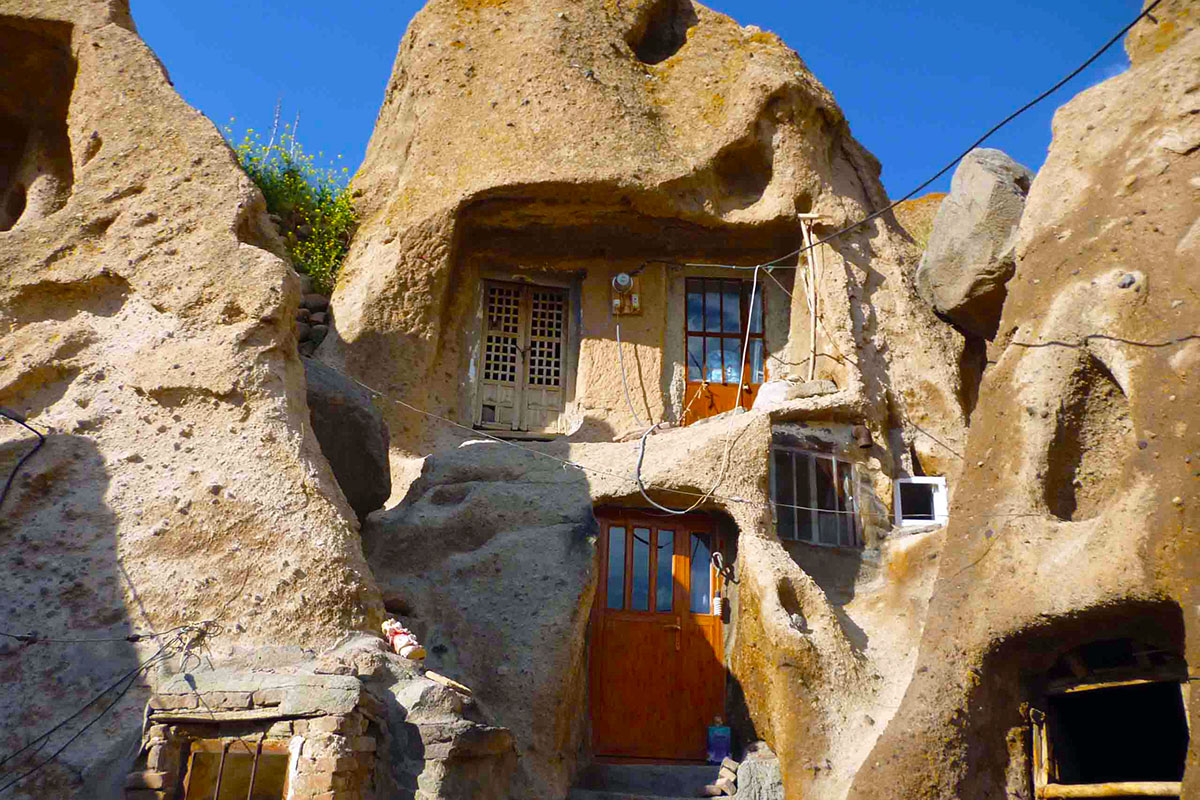With an area of 180,726 square kilometers and population of about 2,652,413, Kerman is Iran’s largest city in the southeast of the country and covers almost 11 percent of the whole country. This city is situated in a large flat plains and shares a common borders with Khorasan, Yazd, Sistan and Baluchistan, Fars and Hormozgan province. With an average elevation of about 2,250 meters above the sea level in Baft, Kerman province is the third highest cities in the country. Underground and surface waters play an important rule for water reservation and Chari, Sekonj, Tahrud and Tiregan Rivers along with Torshab Lake, Simak and eshghAbad waterfalls are the most main surface water in this province. Despite certain climate problems and desert lands, Kerman has turned in to one the tourist center for its nature's beauty and its rare phenomena.
History
Kerman is famous for its strong culture heritage and many historic sites and was named Kermana and Kermaniya in pre Islamic eras. The first human settlement records in this ancient region dates back to 4th millennium BC. It is one of the oldest cities in Iran and has been an important trade center of the country. Some historians believe that the city was founded in 3rd century by the first king of Sassanid era, Ardeshir I and for several times has been chosen as the capital by its old histories.
Weather and climate
The weather and climate in Kerman province varies in different areas for example the northern part of the city which is located in an arid desert area experience a dry and moderate climate, while the highland of the southern part of the city enjoys a more moderate climate. The city of Kerman and the surrounding regions have a semi-moderate and dry climate, with a maximum and minimum temperature of 39.6° C in summer and -7° C in winter. The average temperature during the months of March - June has been recorded as 20° - 25° C which are the most suitable period for travel .The average monthly temperature is 4.6°C in the coldest month of January and 26.7° C in the hottest month of July. Totally can be said that the Kerman province contains relatively cool summers and very cold winters.Bottom of Form Arid and ultra-arid climate with low humidity and rainfall, excessive evaporation and extreme temperature fluctuations between night and day times are among the main characteristics of this kind of climate. Kerman heights with an average elevation of about 1755 meters above the sea level Couse the air masses to enter to the city and moderate the climate. Average annual precipitation is approximately 134.3 millimeters.
Transportation
BUS
Kerman is well connected to most parts of the city b bus.
Airport
Kerman International Airport has regular flights to some major and smaller cities in Iran include Tehran, Isfahan, Zahedan, Mashhad, Kish Island, Kermanshah and Shiraz.
Train
Railway system connects Kerman to Yazd, Kashan, Tehran and Mashhad.
Availability of transportation stations
- Baggage
Storage service is available
- Wheelchair
Access to the train and bus stations.
Wireless Internet:
WIFI Internet is accessible in the station
Cultural attractions
Economy
The economy of this province mainly relies on farming and mining. The second biggest copper mine is located In Kerman and this province is the biggest producer of pistachio in the country. In addition Carpets, Termeh and pateh are among the most original and exclusive arts .The exquisite carpets of Kerman have been decorating the floors and walls of several royal palaces since very old days and the oldest carpet which was discovered in Kerman dates from about 500 years ago.Knife and rifle manufacturing in Rayan region, paper making, pottery coating, inlaid, tile work, shawl weaving are other handicrafts made in Kerman province. Moreover, the city includes the most important industries such as copper, coal, automotive and steel.
This land has a limited vegetation include milk vetch trees and some medical and industrial herbs such as Borage and Tragacanth. Mostly all handicrafts has been exporting many foreign countries from Kerman.
Language
Kerman province is the second largest home to nomadic tribes in Iran. The tribe in this region consist of different ethnic groups who speak Persian, Turkish and Baluchi languages.
Food and drinks
The friendly people of Kerman host their guests with local dishes such as Motanjeh Abgoosht (a kind of soup with a variety of vegetables and dried fruit slices),kaleh jush Ash, omach (local soup) along with different kinds of sweets such as Qutab, halva, faludeh kermani and ghovatu .
Tourist attractions
Arg-e-Bam
Bam is a small town which was at the crossroad of the Silk Road connecting the east to the west. The stunning ancient monument known as Bam citadel is located in the Bam city in Kerman province in southeastern Iran. With an area of about 180000 square meters, was built before the advent of Islam, during the Parthian period, and was considered as the thriving city in 10th century. In a desert environment, in the center of the large fortress city, the biggest adobe structure made by non-backed clay bricks and two large towers was constructed. The complex was divided in to two parts: ruler part in the center of the fortress and the residential area surrounding the rulers place which connects by the gate. The ruler section consisted of the structures such as government house, stable, bath and barrack and the other section consisted of the different buildings such as mosque, school, bath and bazaar. Bam citadel is encircled with the large walls with the interior fence of 7 meters high and 1815 meters long and two large towers known as Bidar bash towers. It was considered as one the most important trading center and is famous for producing silk and cotton materials. In 2003, the Bam citadel is completely destroyed by an earthquake.
Shahzade Garden
With an area of about 5 hectares, 400 meters long and 120 wide, Princes Garden is located 6 kilometer far from Mahan, and 35 kilometer southeast of Kerman on the Kerman-Bam Road. Near the Tiregan mountain slope, the historical Shahzade Garden has been constructed in Qajar dynasty by the order of Abdol-Hamid Mirza Naseroldoleh. This heavenly garden which is situated in an area with a high elevation of about 1750 meters above the sea level has the pleasant weather during the year and completely separated from arid area. This vast landscape is covered by the huge size of the main two story structure and is reinforced by the pine, grape, peach and walnut trees and several ornamental water ponds. Falling water in the pool steps which is placed in front of the building creates the beautiful landscape and attracts many tourists from all over the world.
Princes Garden was restored in two period: once in 1337 and after the earthquake of 1360.
Ganj-e-Ali Khan public bathhouse
Ganj-e-Ali Khan Complex including mosque, bath, market, museum and Ab-Anbar is located in central Kerman on the edge of the Kerman’s Bazaar and is one of the important tourist attractions of Kerman. The complex which is situated on the edge of the Bazaar, is influenced the construction, formation and evolution of the Bazaar. One of the most famous monuments of this complex is the bath house dates back to the Safavid Period in the 17th century and is located on the south side of the square in the middle of the Garand Kerman Bazaar. The bath which is decorated with working glazed tiles, paintings, ornamental elegant stone works and architectural works performed by master Mohamad sultan Yazdi. With an area of 11000 square meters, 26 meters long and 30 meters wide, the structure has two distinct sections named as cloakroom and hot bath includes the entrance, the private sector, pit pool and reservoir. Although the bath rendered services no later than 60 years ago, today it serves as anthropology museum with several wax status dressed in traditional customs and display social lifestyle and traditional bathing that attracts an increasing number of tourists.
Remains Of dinosaurs in Kerman
There are some coal resources in the northern of Kerman which represents the existence of plant and animal in this region. Some of the remains of a dinosaur were discovered nearly 40 years ago by French researcher. Some fossil of huge animals such as dinosaur skeletons were identified in the north of Kerman in 2005 and have kept in the national history museum. It is believed that these sediments dates back to the Mesozoic period.
The threshold of Shah-Nemat-Allah-Vali
With an area of about 32000 square kilometers the, tomb is located at Mahan city, 30 kilometer southeastern of Kerman. The structure which was initially built by the order of Ahmad Shah Dakani and had gradually expanded during 6 century is the homeland of the great sofi poet and Islamic teacher called as Shah-Nemat-Allah-Vali whose tomb is placed inside the mosque.
Gabalieh Dome
The strange octagonal Dome which is made up of stone and plaster work is located eastern Kerman. Some Iranian believes that this is one the Zoroastrian’s tomb.

